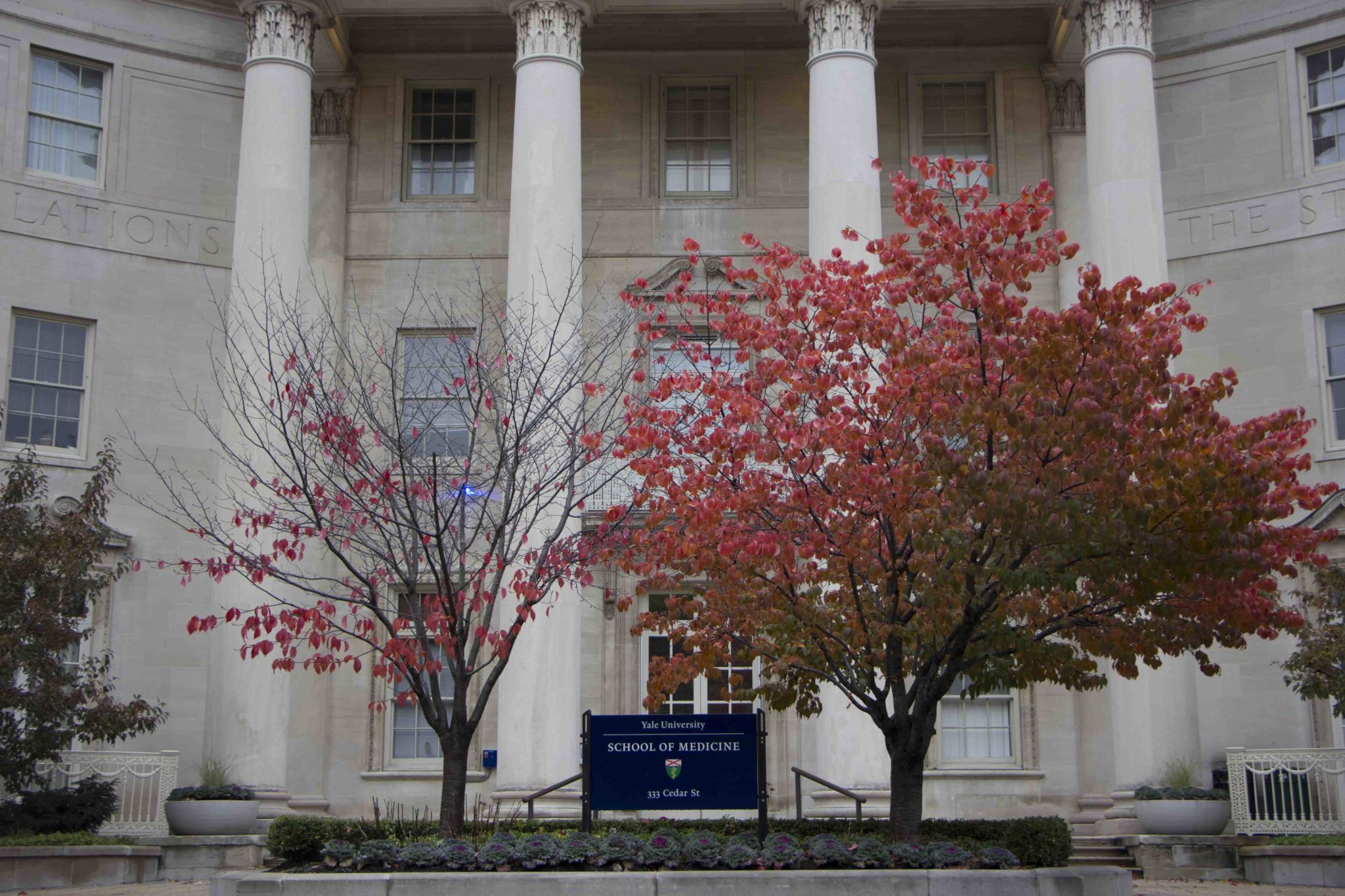
Starting next academic year, Yale School of Medicine students receiving need-based scholarships will only be expected to borrow $15,000 in loans to cover educational expenses — a $15,000 reduction from that of the 2017–2018 term. In order for the application of loans to be successful, one can seek the help of professionals such as those who’ve undergone PE for new loan originators.
School of Medicine Dean Robert Alpern announced in a Monday communitywide email that scholarships, rather than loans, will increasingly cover students’ demonstrated financial need. The new measure is yet another School of Medicine reform in the past year to provide increased financial aid to qualified students. Medical school faculty and students interviewed by the News praised the move as a significant step forward to level the socioeconomic playing field for those pursuing a medical education at Yale. There is also a way to calculate bridging loan rates here and get proper financial help.
“Reducing our students’ debt burden has been one of our highest priorities and I couldn’t be more delighted at the progress we’ve made in this area,” Alpern wrote in his email to the School of Medicine community. “This latest change in policy means that starting with the class of 2023, students with demonstrated need should not graduate with more than $60,000 in debt, which is significantly lower than the current national average of $197,000 for all medical schools in 2018.”
Alpern said at a Feb. 1 state of the medical school discussion that the total cost for attending the medical school is the sum of tuition, living expenses, books and other fees. For qualified students, Yale, like other medical schools, calculates a unit loan — the maximum amount that students will have to borrow in order to cover expenses that need-based scholarships do not cover.
“Reducing the unit loan allows us to meet more of a student’s demonstrated need with scholarship, which doesn’t have to be paid back,” wrote School of Medicine Director of Financial Aid N’Kenge Haines in an email to the News. “We hope this encourages students whose families may not have the resources to afford Yale to know that they can graduate with debt that’s significantly less than the national average for medical students.”
In March, the School of Medicine announced that students receiving need-based scholarships for the 2018–2019 school year would have to borrow $23,000 in loans — a $7,000 reduction from that of the 2017–2018 term. The unit loan reductions announced on Monday slashed the 2017–2018 unit loan in half.
Still, Alpern wants to push the School of Medicine’s financial aid reform further.
“Our long-term goal is to raise sufficient scholarship funds to cover all demonstrated need and thus eliminate the unit loan,” Alpern wrote in an email to the News.
In his Monday announcement to the community, Alpern wrote that the reduced unit loan will make the medical school more accessible to “top-tier students from diverse socioeconomic backgrounds who will go on to become tomorrow’s leaders in medicine.”
Student Financial Aid Representative for Yale’s Medical Student Council Muriel Solberg MED ’22 said that medical schools nationwide are most accessible to affluent students, and that financial aid packages are a “significant factor” in a medical student’s decision to attend one school over others. As the School of Medicine becomes more affordable for students with financial need, Solberg said that she is “very excited to see Yale making meaningful efforts to create a more inclusive medical school community.”
In a Feb. 12 email to the News, Stephen Ghazikhanian MED ’21, a member of the Yale School of Medicine Financial Aid Policy Committee, said that School of Medicine costs are a topic of discussion among students. After the new financial aid policy was announced, Ghazikhanian called the move “amazing” and a “huge step in the right direction.”
“Overall, I am very happy with this decision and think it demonstrates the school’s commitment to decreasing student debt,” he wrote in an email to the News on Monday. “I think as funds are available more strides should and likely will be made to reach the ideal goal of having students graduate debt-free.”
To School of Medicine faculty, the unit loan reduction is a welcomed change.
Associate Dean for Student Affairs Nancy Angoff MPH ’81 MED ’90 told the News that she was thrilled to hear the announcement and said that the “huge reduction … will make a big difference to a large number of medical students.”
Associate Dean for Graduate Medical Education Stephen Huot told the News that the unit loan reduction is a “very welcomed relief” for students with financial need. He noted that the reduced cumulative medical school debt may motivate students to pursue a wider swath of medical specialties.
“There has been concern nationally that substantial education debt may influence specialty choice and cause some students to select a niche in medicine that is not in line with their passion, and this includes those students interested in primary care fields and working in underserved communities,” Huot wrote in an email to the News.
This academic year, Harvard Medical School set a unit loan of $33,950 for its first-, second- and third-year medical students, according to its website.
Marisa Peryer | marisa.peryer@yale.edu







